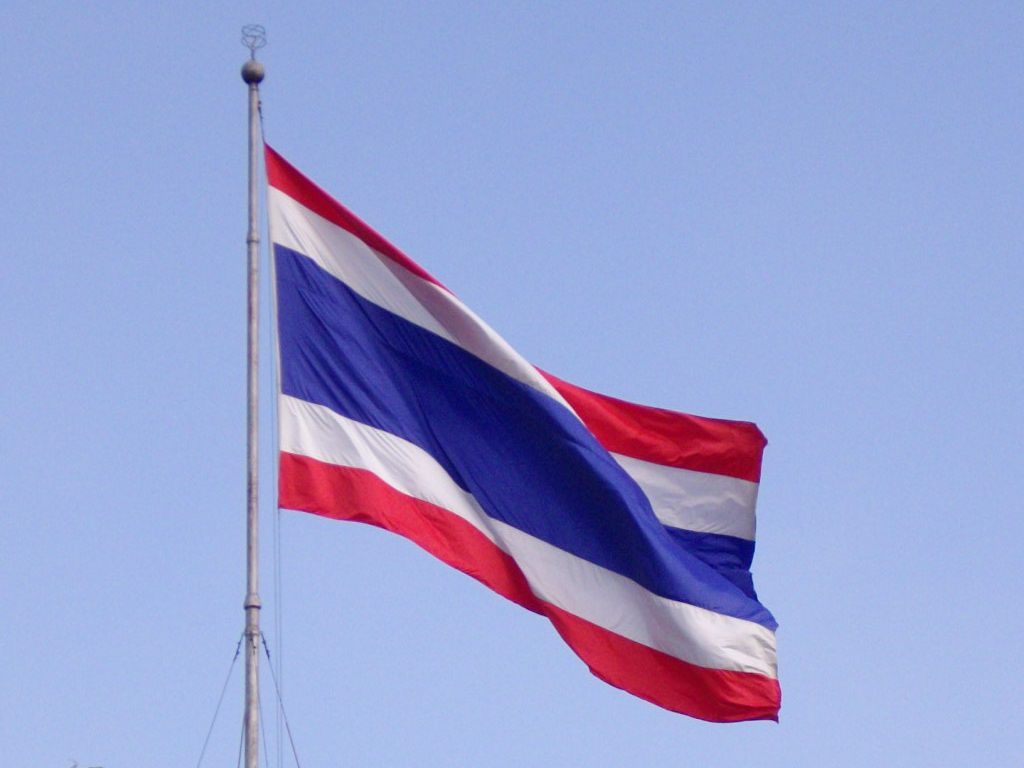
Welcome 5C!
Traditional Thai Food, Drinks And Eating Customs
There are lots of foods eaten by Thais, some examples are: Khanom chin kaeng kiao wan kai - fresh Thai rice noodles served in a bowl with green chicken curry as a sauce. Raw vegetables, herbs, and fish sauce are served on the side and can be added to taste. Another example is : Khanom chin nam ngiao - A specialty of Northern Thailand, it is Thai fermented rice noodles served with pork blood tofu and raw vegetables, in a sauce made with pork broth and tomato, crushed fried dry chilies, chicken blood, dry fermented soy bean, and dried red kapok flowers.
Thai food was traditionally eaten with the right hand, while seated on mats or carpets on the floor as still happens in the more traditional households. It is now generally eaten with a fork and a spoon. Tables and chairs were introduced as part of the Westernization during the reign of King Mongkut, Rama IV. King Chulalongkorn introduced the use of fork and spoon after his return from a tour of Europe in 1897 CE.
An important concept with dining etiquette in the Thai manner is khluk: mixing the flavors and textures from the different dishes with the rice from ones plate. The food is pushed by the fork, held in the left hand, into the spoon held in the right hand, which is then brought to the mouth. A traditional ceramic spoon is sometimes used for soup, and knives are not generally used at the table.
Chopsticks were foreign utensils to most ethnic groups in Thailand with the exception of the Thai Chinese, and a few other cultures such as the Akha people, who are recent arrivals from Yunnan Province, China. Traditionally, the majority of ethnic Thai people ate with their hands like the people of India. Chopsticks are mainly used in Thailand for eating Chinese-style noodle soups, or at Chinese, Japanese or Korean restaurants. Stir fried noodle dishes such as pad Thai, and curry-noodle dishes such as khanom chin nam ngiao, are also eaten with a fork and spoon in the Thai fashion.
Traditionally, a meal would have at least five elements: a dip or relish for raw and/or cooked vegetables (khrueang chim) is the most crucial component of any Thai meal.
When time is limited or when eating alone, single dishes, such as fried rice or noodle soups, are quick and filling. This style of serving food is called khao rat kaeng (lit. "rice covered with curry"), or for short khao kaeng (lit. "rice curry"). Eateries and shops that are specialized in pre-made food are the usual place to go to for having a meal this way. When placing their order at these places, Thais will state if they want their food served as separate dishes, or together on one plate with rice. Very often, regular restaurants will also feature a selection of freshly made "rice curry" dishes on their menu for single customers.